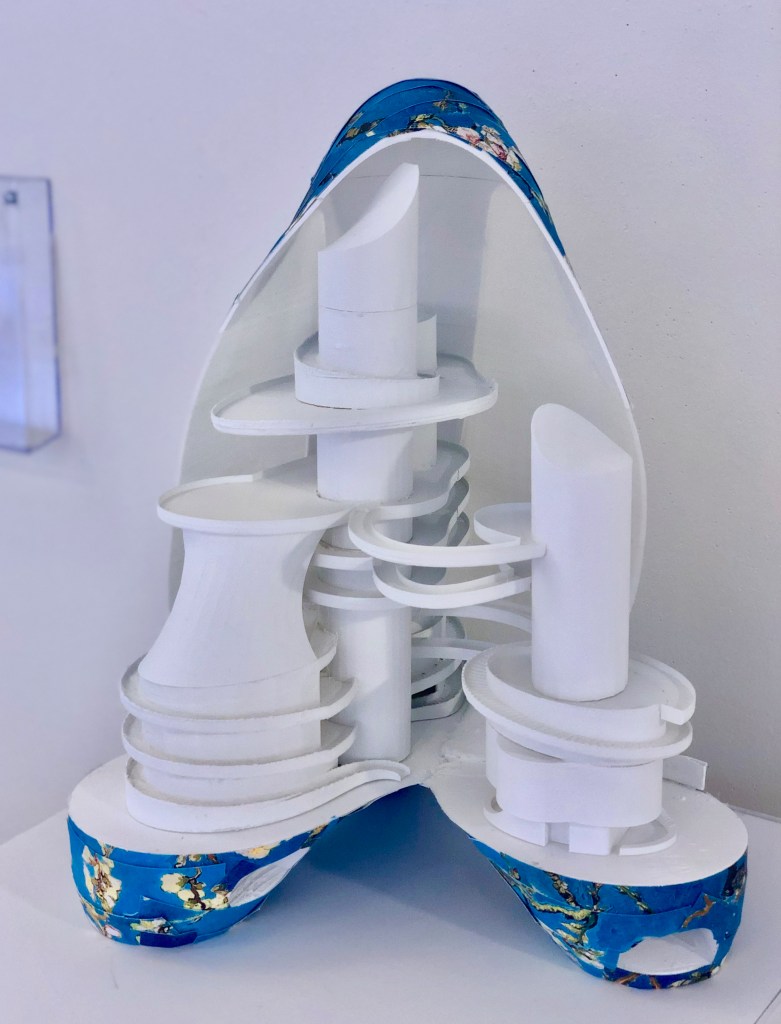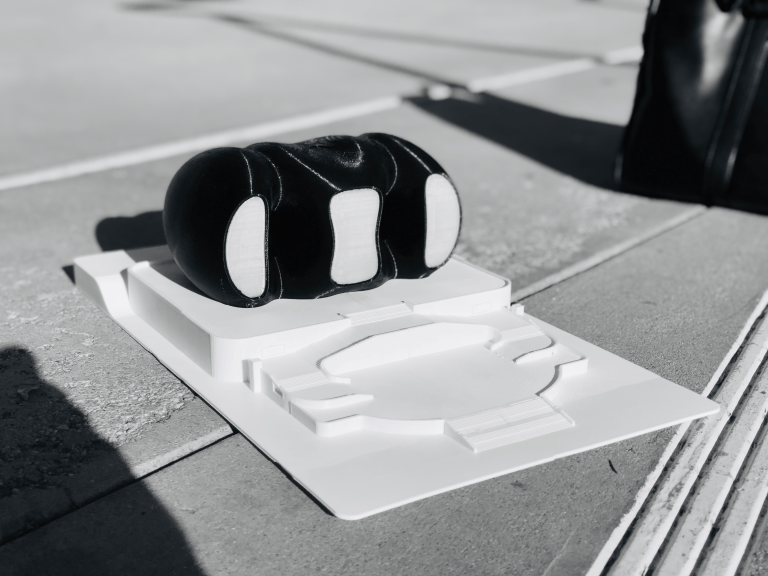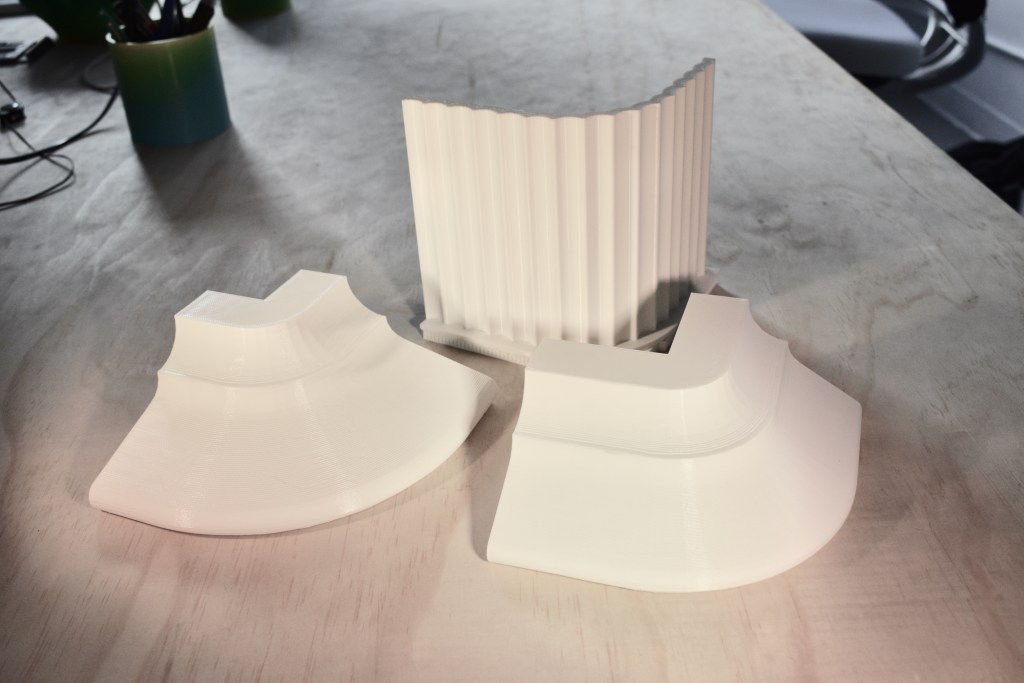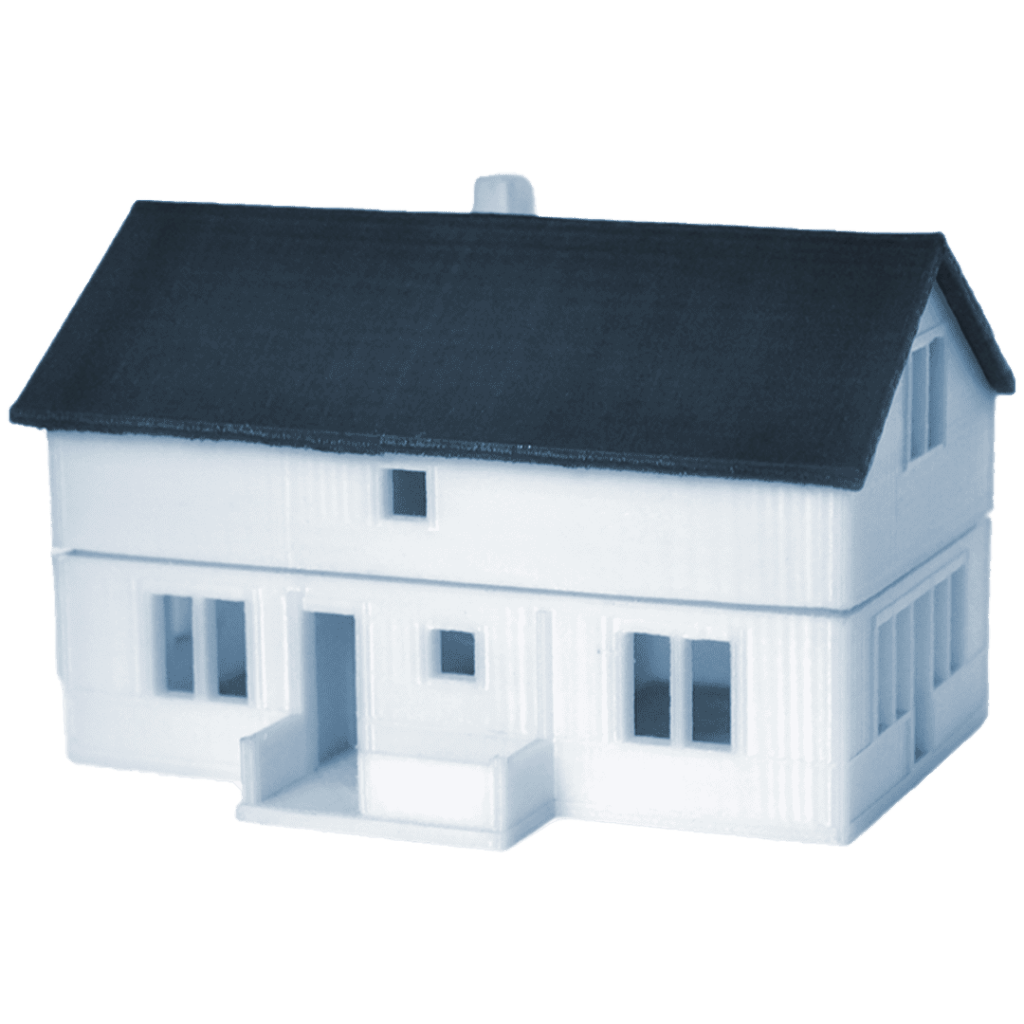Revolutionizing Architecture with 3D Printing: From Conceptual Models to Building Components
3D printing has emerged as a game-changing technology across various industries, and the field of architecture is no exception. As architects continually seek innovative ways to design and construct buildings, 3D printing has proven to be a powerful tool in transforming the architectural process. In this article, we will explore how 3D printing has revolutionized architecture, from creating physical mass models to printing entire building components.
Creating Physical Mass Models
In the early stages of architectural design, conceptual massing models help architects visualize and communicate their ideas. Traditionally, these models were crafted by hand using materials like foam or cardboard, which could be time-consuming and labor-intensive. With the advent of 3D printing, architects can now quickly and easily create highly accurate physical mass models from their digital designs.
Architects can use computer-aided design (CAD) software to generate 3D models of their proposed structures and print them using various materials, such as PLA, ABS, or even resin. This process saves time and allows for greater precision and customization. By creating multiple design iterations, architects can evaluate and refine their concepts more efficiently, leading to improved decision-making and better overall design outcomes.
In addition, 3D printed mass models enable architects to better communicate their ideas to clients, stakeholders, and project teams. The tangible models clearly represent the design, making it easier for everyone involved to understand the project’s scope, scale, and potential impact on the surrounding environment.


Building Scale Models
Beyond conceptual mass models, 3D printing has also found a place in creating highly detailed scale models of buildings. These models can showcase intricate architectural elements, such as facades, structural components, and interior layouts. In the past, building scale models were painstakingly crafted by skilled model makers, but 3D printing has streamlined this process significantly.
Using 3D printers, architects can produce scale models with exceptional accuracy, capturing every detail of the design. This level of detail allows architects to thoroughly analyze their designs, identify potential issues, and make necessary adjustments before construction begins. Furthermore, these scale models can serve as powerful presentation tools, helping clients and stakeholders visualize the final product and gain a better understanding of the project’s overall aesthetics and functionality.
Printing Building Components
The applications of 3D printing in architecture extend beyond just models; the technology is now being used to produce actual building components. Several construction projects around the world have successfully integrated 3D printed elements, such as walls, columns, and even entire rooms. By using large-scale 3D printers, architects and builders can create customized, prefabricated components that can be easily assembled on-site.
There are several advantages to using 3D printed building components. First, the technology allows for greater design freedom, enabling architects to experiment with unconventional shapes and forms that may be difficult or impossible to achieve using traditional construction methods. This can lead to more innovative and visually striking structures.
Second, 3D printing can reduce material waste, as the technology enables precise control over the amount of material used in the production process. This not only lowers construction costs but also contributes to more sustainable building practices.
Finally, 3D printing can accelerate the construction process, as prefabricated components can be produced off-site and assembled quickly once they arrive at the construction site. This can help reduce project timelines and minimize potential delays.


Revolutionizing Interior Design
3D printing offers interior designers an innovative and cost-effective solution for creating unique room decorations and wall art. By leveraging this cutting-edge technology, designers can transform their creative visions into tangible, customized pieces tailored to their clients’ preferences and the overall aesthetic of a space. As a more affordable alternative to traditional manufacturing methods, 3D printing allows designers to experiment with various materials, shapes, and textures without incurring prohibitive costs. This enables the creation of truly distinctive and personalized decorative elements that enhance the ambiance of any interior. By partnering with a reliable 3D printing service provider like RexRoi, interior designers can access a world of possibilities for crafting bespoke room decorations and wall art that not only elevate the visual appeal of a space but also reflect the unique personalities and tastes of their clients.
Printing Entire Buildings
While still in its early stages, 3D printing technology has already been used to construct entire buildings, from small residential units to larger commercial structures. These projects showcase the potential of 3D printing to revolutionize the way we design and build our living and working spaces.
One notable example is the 3D printed
wo-story office building in Dubai, which was completed in just 17 days. This innovative structure demonstrates the speed and efficiency with which 3D printing can be used to construct functional and aesthetically pleasing buildings.
Another example is the first 3D printed residential building in Germany, which consists of a multi-family house with five separate apartments. The project highlights the potential of 3D printing to create affordable and sustainable housing solutions, as it utilized fewer resources and generated less waste compared to traditional construction methods.

How RexRoi Can Help Architecture Students and Firms
RexRoi is an industry-leading 3D printing service provider that has extensive experience working with architecture students and firms, enabling them to fully understand the unique needs and challenges faced by the architectural community. By offering a wide range of 3D printing capabilities and materials, RexRoi helps architects create accurate and detailed models, as well as innovative and sustainable building components.
With a focus on quality, speed, and customer service, RexRoi is dedicated to bringing your architectural visions to life while ensuring efficient and sustainable construction practices. Recognizing the importance of deadlines in the architectural field, RexRoi always delivers models quickly, without compromising on quality.
By partnering with RexRoi, architects and architecture students can benefit from a 3D printing service provider that truly understands their needs and is committed to helping them succeed in their projects.



You must be logged in to post a comment.